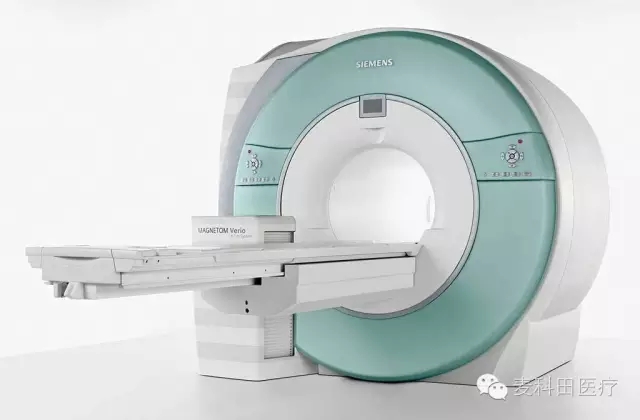How to take the road of medical equipment: analysis of the development of China's magnetic resonance prospects
The average possession and per capita possession of medical magnetic resonance equipment in China are at a low level. As the income level of residents continues to increase and health awareness increases, the demand for medical magnetic resonance equipment will continue to grow in the future. However, high-end and special-purpose products are basically monopolized by foreign brands such as General Electric, Siemens and Philips, and domestic brands are mostly concentrated in the low-end market.
As of August 28, 2016, the number of valid magnetic resonance registration certificates reached 132.
Why are so many companies competing in the domestic market, can they make a profit? What is the future prospects? Let's explore it with some public data below.
Magnetic resonance consists of several major components: magnets, spectrometers, coils, gradients. The hardest things in nuclear magnetics are spectrum analyzers, magnets, and control and application software.

According to the magnetic field strength, the magnetic resonance is divided into a low field (permanent magnet, open type, 0.2t to 0.7t) and a high field (superconducting, 1.5t to 7.0t). Permanent magnets are now mainly based on Chinese manufacturers, and Hitachi Siemens is no longer conducting new product development. Maybe the permanent magnet will slowly withdraw from the market, after all, the image quality is lower than that of superconducting.
Domestic status
In 2015, the global MRI market was 3.65 billion US dollars, and Siemens, Philips and GM market share reached 80%. Domestically, the demand for superconducting magnetic resonance is about 800 units/year, and the market average price is 5 million yuan/set. At present, the domestic magnetic resonance (medical, scientific research) market has a capacity of about 4 billion.
It is reported that 1.5T magnetic resonance superconducting magnets account for 30% to 40% of the total cost of MRI systems, and 3.0T magnetic resonance superconducting magnets account for 50% to 60% of the total cost of MRI systems.
Due to the special design, complexity of the process, and the need for comprehensive engineering capabilities and high-tech thresholds, superconducting magnets have not produced a stable supply of superconducting magnets in China, and have long been monopolized by foreign countries.
Food additives refer to chemical synthetic or natural substances added to food for the purpose of improving the quality, color, aroma and taste of food, as well as for the need of preservative and processing technology. Due to the rapid development of the food industry, food additives have become an important part of the modern food industry, and has become an important driving force of technological progress and technological innovation in the food industry. In the use of food additives, in addition to ensuring their due function and role, the most important thing is to ensure the safety and health of food.
Food And Beverage Additives,Stevia Erythritol Blend,Sweetener Enhancer Nhdc,D-Psicose Sweetener Powder
Xi'an Double H Health Technology Co., Ltd , https://www.xahnhcj.com